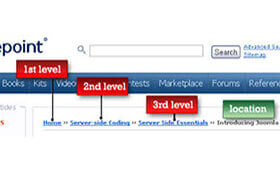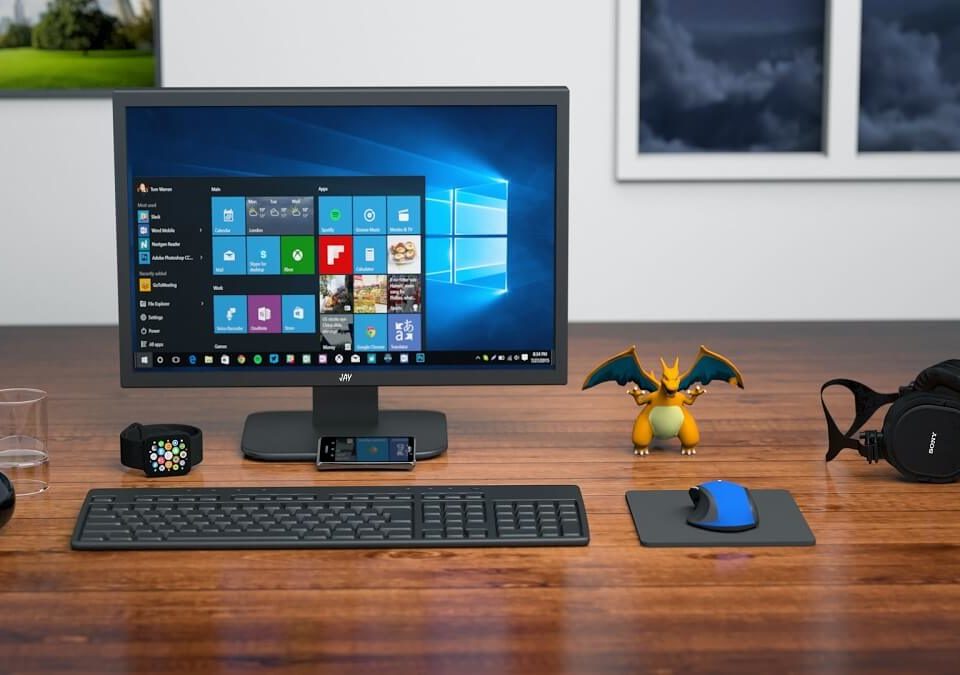
Getting listed in directories in local SEO
January 20, 2016
Using breadcrumbs in Local SEO
January 25, 2016
You need to start tracking before you begin to improve rank, otherwise, you’ll have incomplete data. To really understand the value of the effort you put into your SEO it is necessary to first think about what metrics are most important to track and then make sure you have the right system in place to capture those metrics. Because your strategy might change based on certain outcomes, it is essential that your tracking is in place prior to getting started. Nothing is worse than having incomplete data when trying to figure out what did or didn’t work.
As a local business it often times can get a little murky, though. You can easily track what happens on the web but understanding what translates actual sales offline is more difficult.
If you already have a process in place I still recommend following along. Double checking that you are tracking the right information is never a bad idea. So, online we are going to be really interested in not only measuring the traffic to our website but also any high-value goals. So if you have a coupons page, for example, you want to understand how many times each coupon has been downloaded per day.
It is also important to track the types of content that users are interacting with, your overall bounce rate for your site and where the traffic is coming from. If you have used a professional analytics tools set such as Google analytics all of that data will be immediately available after installing a small snippet of code on your website. In addition to website views, it is important to track what is happening on your business listing pages, any social media networks and third party review websites such as Yelp.
All of this data when looked at side by side will help tell the full story. Offline you should be tracking sales, coupon usage and if possible how many customers you have averaged on a given day. Your offline metrics are specific to your business so you need to evaluate what makes the most sense for your goals. But the main key is to start logging the performance so you can identify your baseline. That is what is fairly normal for your business. And then evaluate if you are seeing increases over that baseline unrelated to other marketing efforts or seasonality.
By correlating your offline data with your online data you’ll start to see patterns and trends that will provide you with an understanding of what is going on and if your SEO efforts are pending out. For now, you focus on simply to make sure that the data is captured. Even if you don’t have time to start combing through the data simply having it available is a necessary first step in your SEO process.



